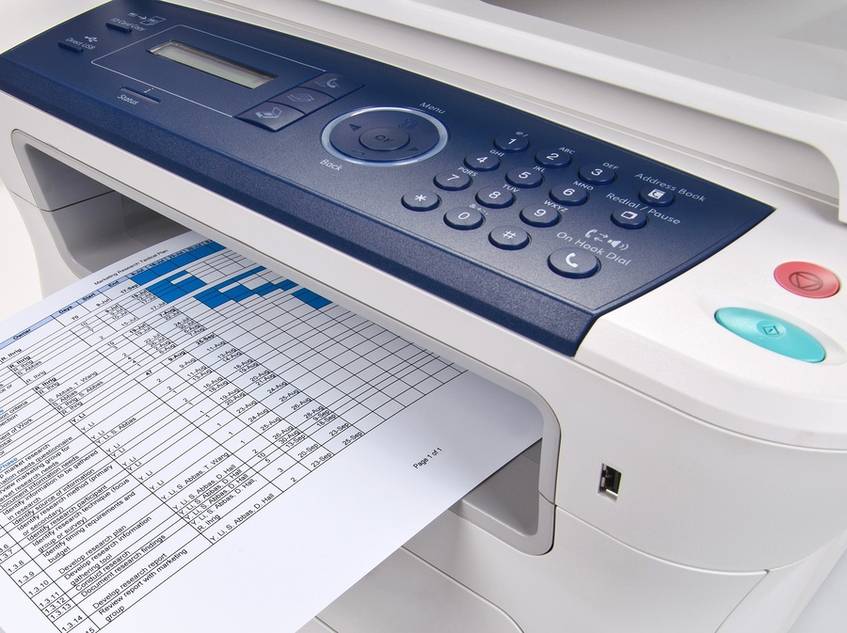
People have used checklists for as long as pen and paper have been available for the task. It’s a simple, straightforward way to ensure that you don’t forget something, whether it’s what to pack for vacation or what to check during pre-flight before taking off in a plane.
Checklists have persisted for so long because they work. Hospital clinicians have demonstrated improved performance during emergencies when they use checklists, and there’s a good chance you use checklists yourself, either on the job or in your everyday life.
While there is nothing wrong with paper-based checklists, the electronic checklist is a simple workflow that offers advantages over paper checklists. A simple workflow consisting of an electronic checklist can help many individuals and teams perform better. Here’s how.
The Electronic Checklist as a Workflow
Suppose you have a procedure you must step through in a certain order on a regular basis. Perhaps you are required to back up computer data weekly, but sometimes you forget. Maybe it’s a mistake that won’t catch up to you, but if it does, it could be really bad. To address the situation, you could use workflow checklist software to create a process that automatically opens up on a particular weekday and steps you through the backup process so you not only don’t forget, but you have a record of having done the backups when you were supposed to.
Similarly, suppose you want to ensure that you complete the same steps when you make a new contact or lead. Automated workflows could easily be developed to step you through standard questions to ask the person, and then send the data you gathered to your company’s CRM. The electronic workflow checklist ensures consistency and completion each time.
Automatic Documentation of Step Completion
People are used to checking or crossing off items on a to-do list to show that tasks have been completed. Checklist workflows can go a step further. While there’s no good way to prove that you crossed off an item on a piece of paper when you finished a task (or that you didn’t cross it off by mistake because you weren’t paying attention), automated workflows can create their own “trail of evidence.”

You can use your workflow software to automatically record the time and date when an item in a checklist workflow is checked off. That way, if you have to refer back to your records in a week or two, you can see exactly when you completed a task. You can even set up workflow steps to deliver automated notifications to yourself or others when tasks have been checked off.
Workflows May Be for Individuals or Teams
Workflows make sense for teams because many team projects require careful coordination and timing for maximum efficiency. Team checklist workflows can be designed so that the time, date, and person completing a task are automatically recorded. That way everyone in the workflow can know that any prerequisite steps have been completed before moving forward.
But you can make individual automated workflows too. In fact, any multi-step task, whether completed by an individual or a team can be made into a workflow. Even if you are the only person who uses the workflow, it can be tremendously valuable because it keeps you on track, records your progress, and ensures that you don’t inadvertently forget an important step.
Workflows range from simple and straightforward to remarkably complex. While the checklist workflow may be simple, that doesn’t mean it doesn’t have immense value. There is nothing wrong with manual checklists, but electronic checklists in the form of automated workflows offer checks and balances, as well as extras like automatic notifications that make them outperform paper-based checklists.
PerfectApps is workflow software that puts the power to create simple or complex workflows into your hands. There’s no programming involved, just a straightforward, drag-and-drop interface. This way, the people who use the workflows can have a major influence on workflow design, or even design them themselves. PerfectApps invites you to read through some of our many case studies. There you’ll find countless examples of organizations of all types that put automated workflows to work for them, saving time, reducing errors, and leading to consistently high quality of work.





